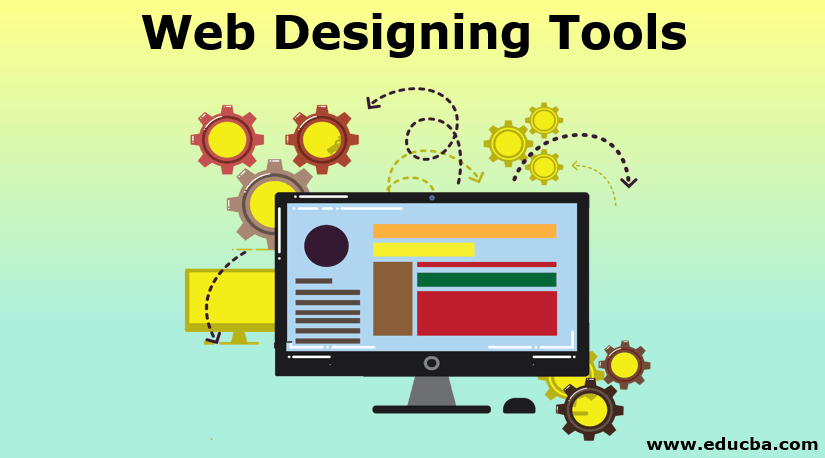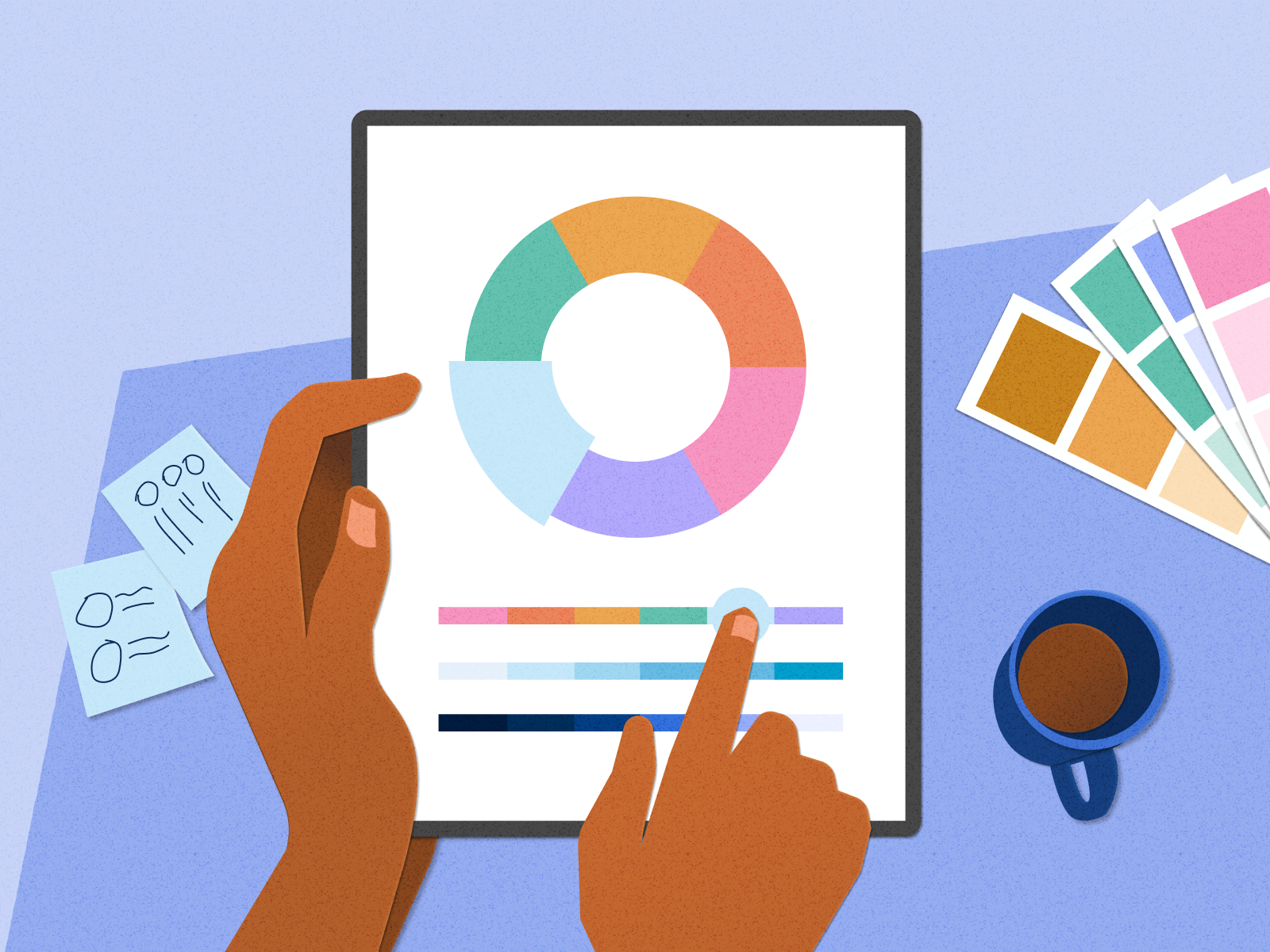Aligned Position Web Design: Professional Web Development to Maximize Your Online Impact
Aligned Position Web Design: Professional Web Development to Maximize Your Online Impact
Blog Article
The Finest Kinds Of Web Design to Enhance User Experience and Engagement
In the ever-evolving landscape of electronic communication, the effectiveness of Web layout dramatically influences user experience and engagement. Numerous design techniques, such as minimalist, responsive, and interactive designs, each deal distinct benefits that can cater to varied individual requirements.
Minimal Web Style
As electronic landscapes become increasingly cluttered, minimal Web design has emerged as a powerful method to improving individual experience. This design ideology focuses on simpleness, concentrating on vital elements while getting rid of unneeded diversions. By making use of adequate white space, straightforward navigation, and a minimal color scheme, minimal design promotes clearness and routes individual attention to key web content.
The core principle of minimal Web layout is to create a smooth interaction for users. By decreasing cognitive load, users can promptly comprehend details without feeling bewildered. This straight strategy not just boosts use but additionally encourages engagement, as visitors are more probable to explore a website that is easy and visually appealing to browse.
In addition, minimalist layout commonly highlights typography and images, using these elements tactically to convey messages efficiently. This concentrate on crucial elements can enhance brand identification and develop a remarkable customer experience. Essentially, minimal website design is not just a pattern; it is a thoughtful approach that identifies the significance of user-centered layout. By removing additional aspects, developers can develop a more engaging, reliable, and enjoyable Web experience for all users.
Receptive Web Design
In today's varied digital atmosphere, receptive Web design has come to be crucial for producing a seamless user experience across a plethora of devices. As individuals access web sites on smartphones, tablets, desktop computers, and laptop computers, the capability of a website to adjust its design and material to different display sizes and resolutions is vital.
Responsive website design employs versatile grids, pictures, and CSS media questions to make certain that Web content is presented efficiently, despite the tool made use of. This strategy not just improves the aesthetic charm of a website but likewise dramatically boosts use. Customers are more probable to involve with a website that uses a constant experience, as it removes the frustration of needing to zoom in or scroll exceedingly.
By adopting responsive style, companies can boost their exposure and get to a wider target market. In summary, receptive Web design is an essential practice that boosts customer experience, involvement, and total satisfaction.
Interactive Web Layout
Receptive website design lays the groundwork for enhancing customer experience, yet interactive website design takes this an action even more by involving customers in an extra vibrant method - Aligned Position Web Design. By integrating components such as computer animations, clickable prototypes, and real-time comments, interactive website design captivates users, attracting them right into a richer surfing experience
This technique not only promotes engagement but additionally motivates users to check out material proactively instead of passively eating it. Techniques such as gamification, where customers gain rewards for completing tasks, can dramatically improve the moment invested on a website and improve total complete satisfaction. Furthermore, interactive functions can streamline complicated details, making it much more enjoyable and absorbable.

Including interactive layout aspects can additionally lead to greater conversion prices, as customers are most likely to engage with a site that actively involves them. Aligned Position Web Design. Ultimately, interactive Web layout changes customer experiences into memorable trips, making certain that visitors return time and once more
Apartment Layout
Defined by its minimalistic strategy, level design emphasizes simpleness and performance, removing unnecessary elements and concentrating on essential attributes. This design philosophy prioritizes usability, making certain that individuals can browse interfaces easily and performance. By employing a clean have a peek at this site visual, flat layout gets rid of the clutter frequently discovered in more ornate styles, therefore boosting customer concentrate on material and capability.
The hallmark of level layout look these up hinges on its use bold shades, easy typography, and geometric forms. These elements contribute to an aesthetically attractive user interface that is both modern-day and friendly. In addition, flat design fosters a sense of clarity, allowing individuals to discern crucial activities and info without distraction.
Moreover, level layout is specifically efficient in receptive Web design, as its simpleness equates well across different gadgets and display sizes. By concentrating on vital features, level style not only fulfills individual demands but also encourages smooth communication, making it a crucial part of efficient Web layout methods.
Flexible Web Layout
Adaptive website design tailors the individual experience by creating numerous repaired formats customized to different screen sizes and devices. Unlike responsive style, which fluidly adjusts a solitary format, flexible design employs distinct formats for certain breakpoints, guaranteeing ideal discussion on different systems. This approach permits developers to concentrate on the one-of-a-kind features of each gadget, enhancing usability by providing precisely what individuals need based on their context.
Among the key advantages of flexible website design is its capability to enhance lots times and performance. By serving tailored content and images that fit the customer's tool, sites can minimize information use and improve loading rates. This is especially useful for individuals with slower links or limited data strategies.

Additionally, adaptive design assists in a more controlled and consistent branding experience. Because developers produce several layouts, they can guarantee that the aesthetic aspects line up with the brand's identification across different systems - Aligned Position Web Design. This results in a natural customer experience, boosting interaction and promoting individual retention
Verdict
In conclusion, the integration of minimalist, receptive, and interactive Web i was reading this style concepts considerably enhances user experience and involvement. Minimalist design fosters quality and emphasis, while receptive style ensures flexibility throughout different devices, advertising ease of access. Interactive style captivates individuals with vibrant aspects, encouraging exploration and customization. Collectively, these style comes close to add to the development of easy to use settings that not only enhance satisfaction yet likewise drive greater conversion prices, underscoring their crucial value in contemporary Web layout strategies.

Minimalist style promotes clearness and focus, while responsive design makes sure adaptability throughout numerous gadgets, promoting access. Jointly, these layout approaches contribute to the development of straightforward atmospheres that not only improve fulfillment however additionally drive higher conversion rates, emphasizing their important relevance in modern Web layout approaches.
Report this page